Eastman Kodak Company Profile: Analysis of Management Failures
VerifiedAdded on 2019/10/18
|6
|1226
|721
Report
AI Summary
This report provides a comprehensive analysis of Eastman Kodak's company profile, focusing on the management failures and organizational culture that led to its decline. It delves into the company's historical context, its dominance in the photographic film industry, and its eventual struggle to adapt to the digital age. The report examines key factors such as strategic planning, employee perceptions, and communication gaps within the organization. It highlights how complacency, hierarchical structures, and a failure to recognize employee talent contributed to Kodak's downfall. Furthermore, the analysis explores the impact of organizational culture, communication breakdowns between management and employees, and the company's delayed response to technological advancements. The report also includes recommendations for improvement, such as revisiting the communication process, enhancing employee performance through effective training programs, and fostering a more rational decision-making approach. The conclusion emphasizes the importance of improved HR practices, management decision-making, and communication for the sustainable success of an organization. The report provides a detailed overview of the company's challenges and suggests potential solutions for future growth and stability.
1 out of 6
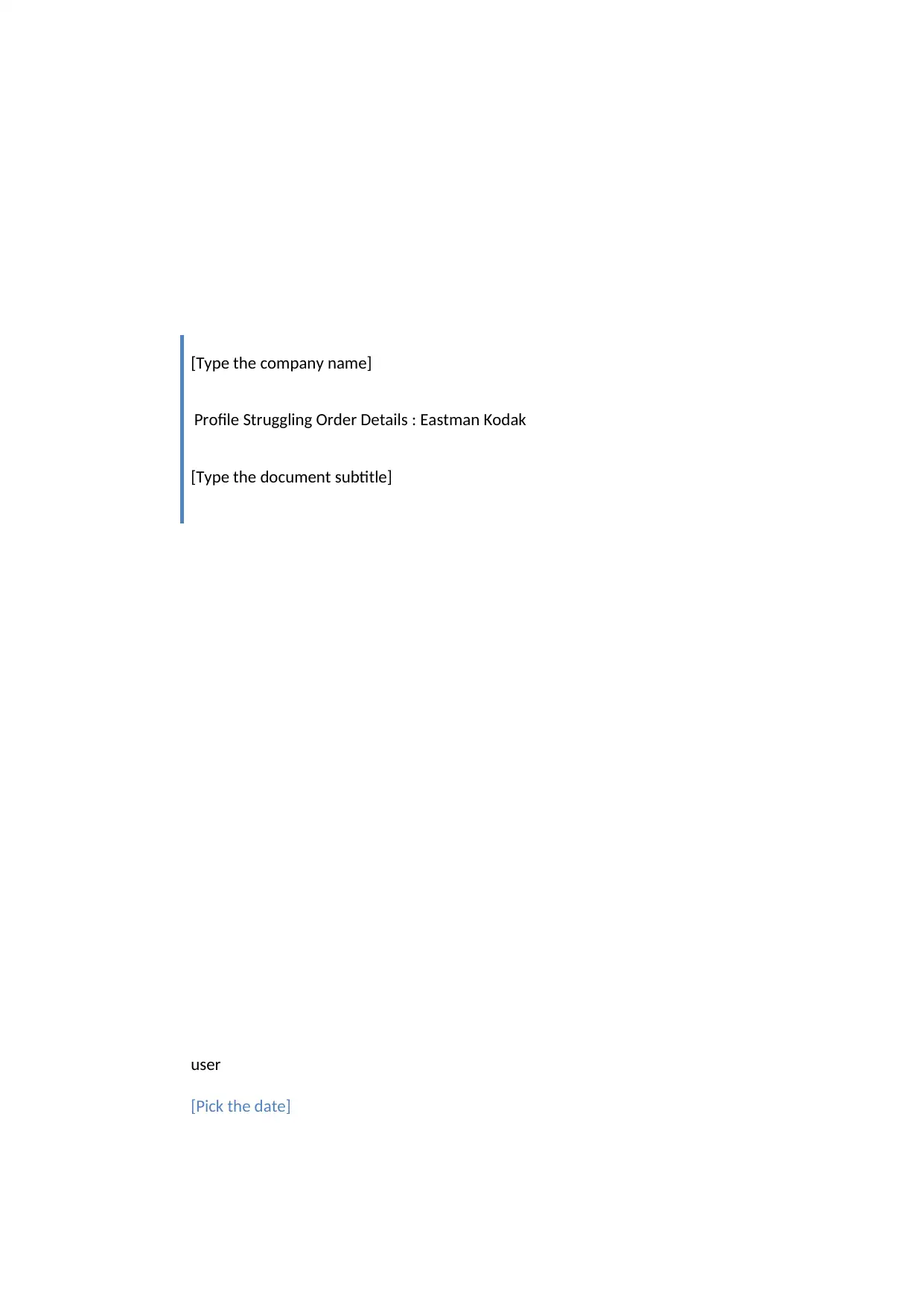
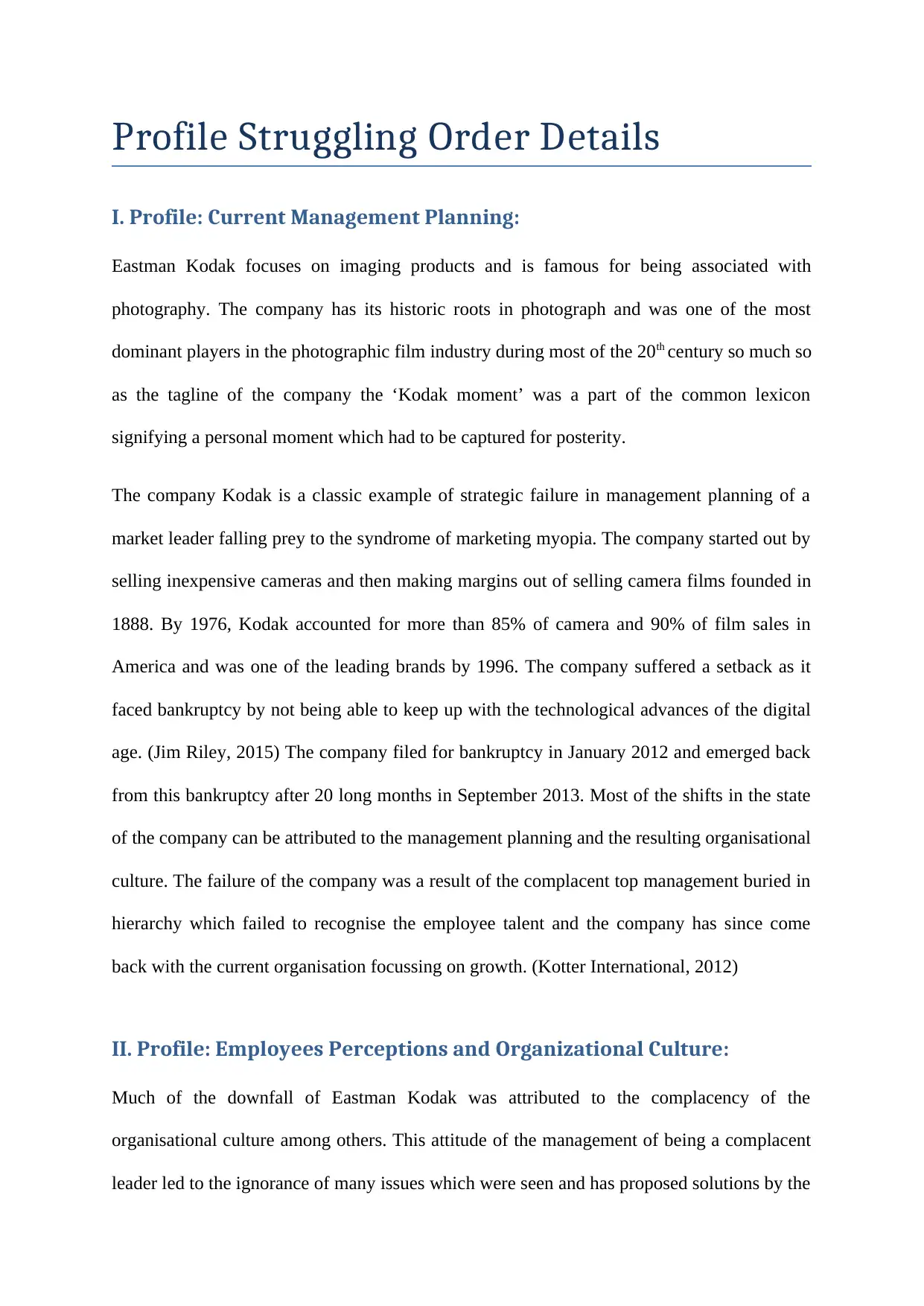
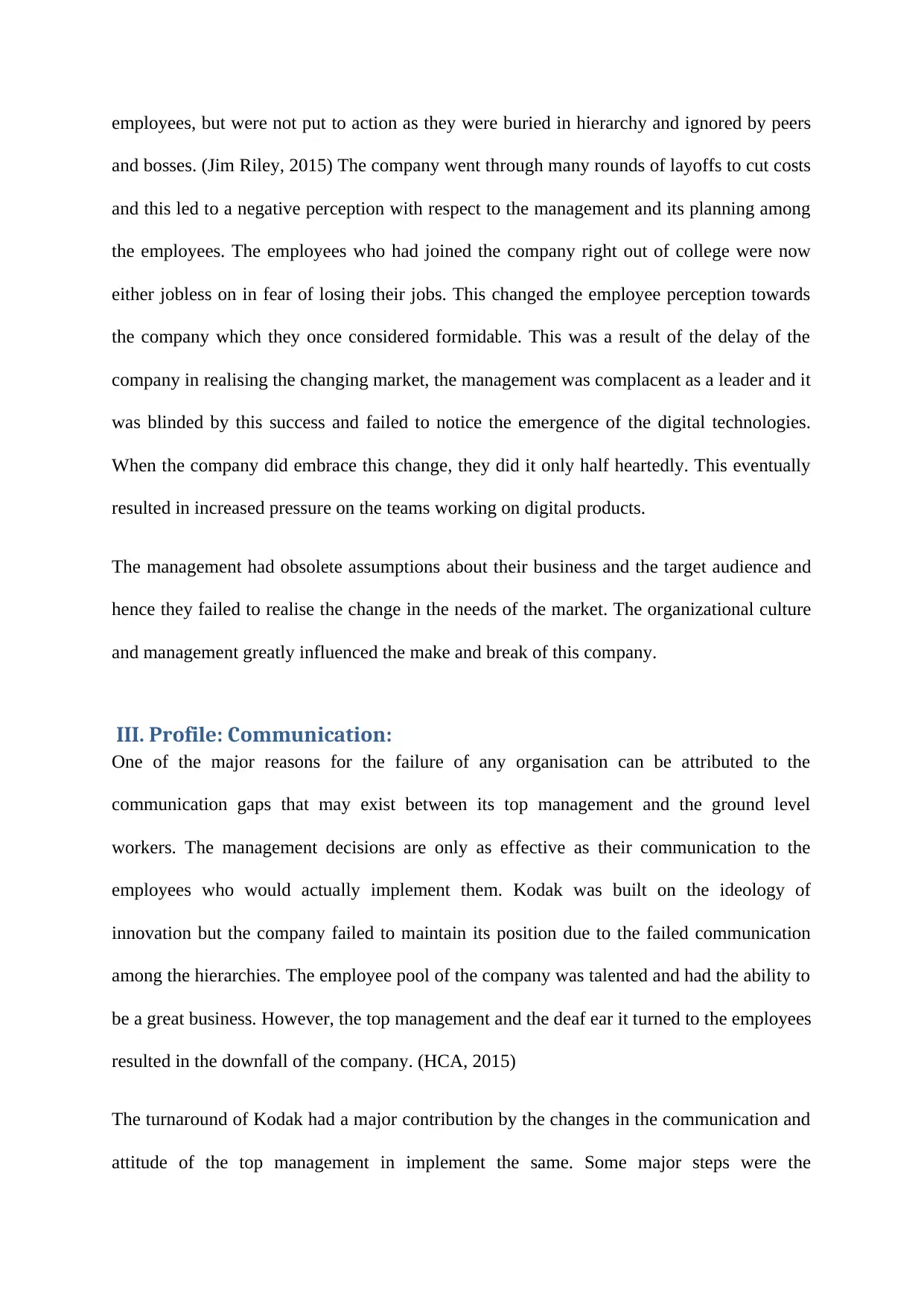

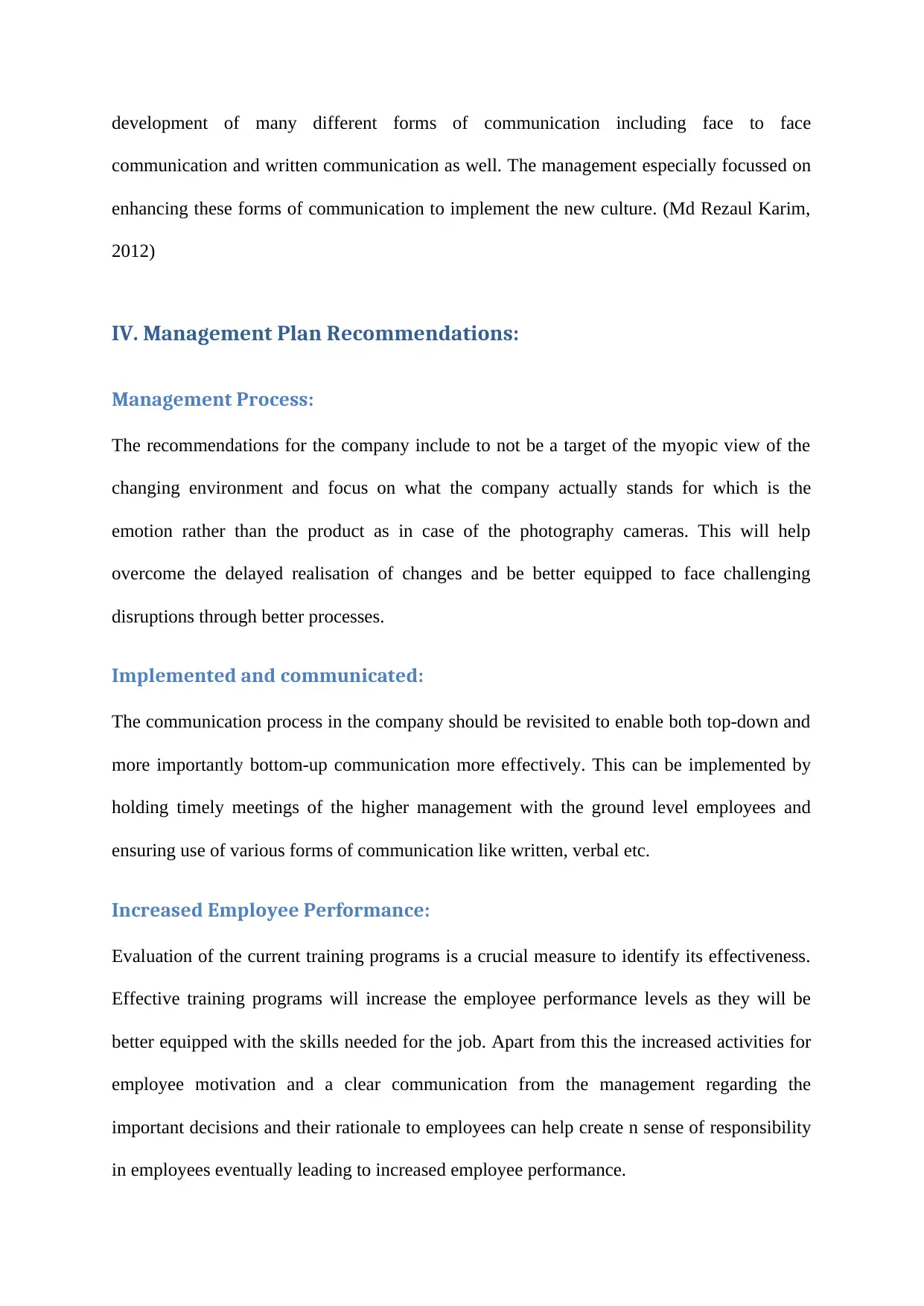
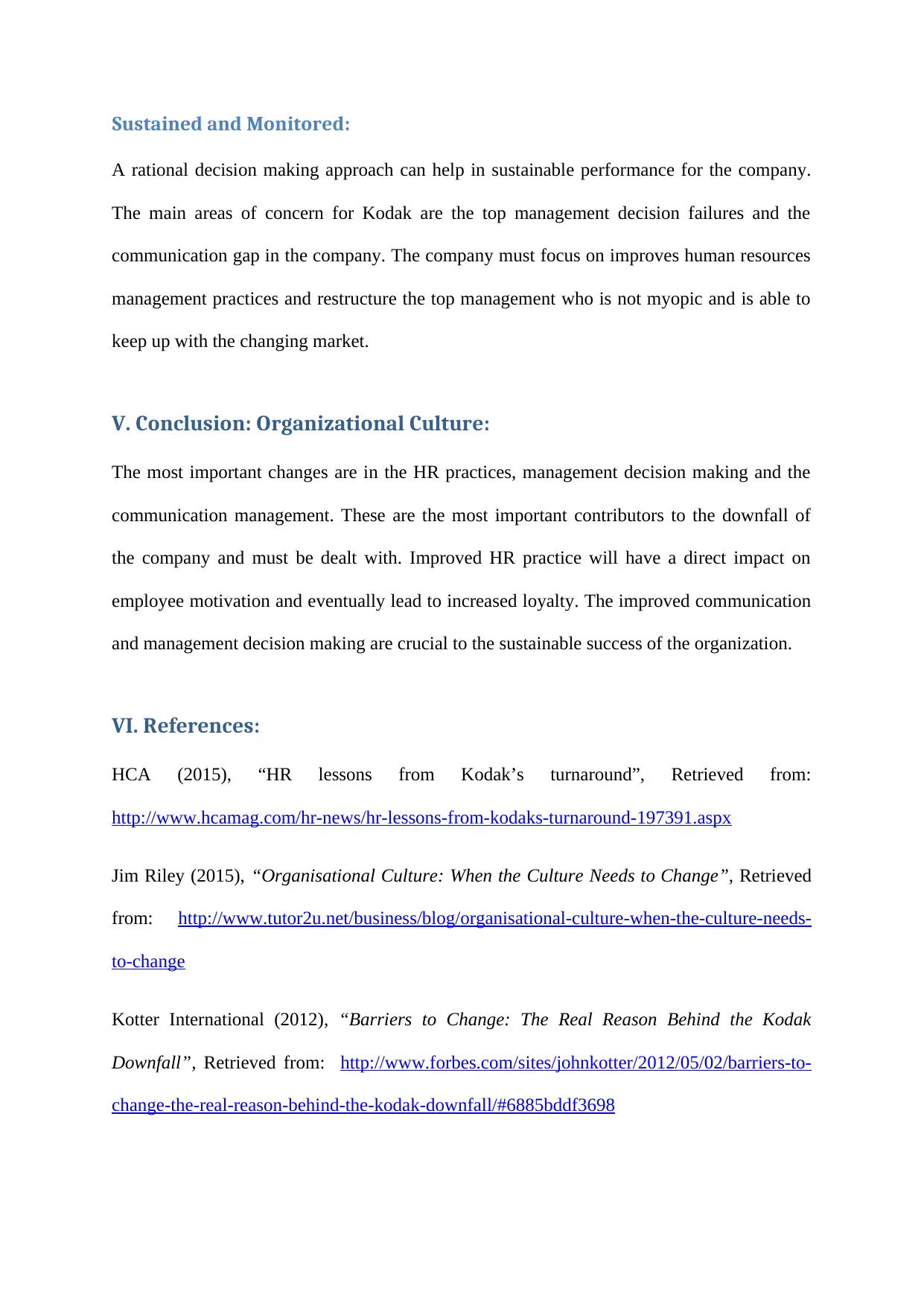




![[object Object]](/_next/static/media/star-bottom.7253800d.svg)